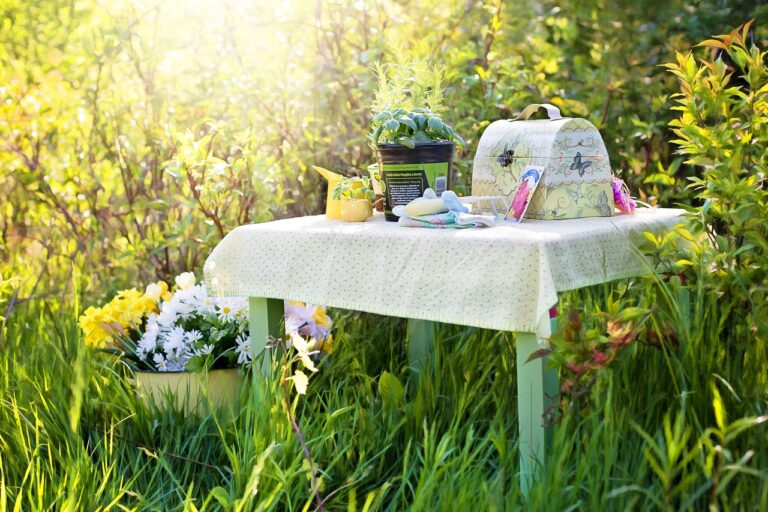Raised Beds: Transform Your Gardening Experience
Gardening enthusiasts seeking an elevated and productive solution should consider raised beds. These elevated structures provide a myriad of advantages, making them an ideal choice for both novice gardeners and seasoned veterans alike.
Advantages of Raised Beds
Enhanced Soil Conditions
- Improved drainage: Raised beds allow excess water to drain away, preventing waterlogging and root rot.
- Soil aeration: The vertical sides of raised beds encourage air circulation, promoting root growth and nutrient uptake.
- Enhanced soil temperature: Soil in raised beds warms up faster in spring, extending the growing season.
Space Optimization
- Vertical gardening: Raised beds utilize vertical space, allowing for more plants to be grown in a limited area.
- Flexibility: Raised beds can be arranged in various configurations to fit any space or landscape design.
Accessibility and Ergonomics
- Reduced bending: The elevated height of raised beds reduces the need for bending and straining.
- Accessibility for wheelchairs: Raised beds with accessible heights provide gardening opportunities for individuals with limited mobility.
Protection and Pest Control
- Barrier to pests: Raised beds create a physical barrier, protecting plants from pests and animals.
- Improved drainage: The enhanced drainage helps prevent diseases caused by stagnant water and pests that thrive in damp conditions.
Aesthetics and Design
- Visual appeal: Raised beds can add an attractive and decorative element to any garden.
- Customizability: Raised beds can be built using various materials (e.g., wood, brick, stone) to match personal preferences and garden designs.
Choosing and Building Raised Beds
Material Selection
- Wood: A cost-effective and easy-to-work-with material, but requires regular maintenance to prevent rot.
- Brick or stone: Durable and aesthetically pleasing, but more expensive and labor-intensive to build.
- Recycled plastic or metal: Resistant to rot and pests, but can be more expensive than other materials.
Size and Shape
- Width: Typically between 3-4 feet to allow for easy access to plants.
- Length: Can vary depending on space availability, with a recommended maximum length of 8 feet.
- Height: Usually between 12-30 inches to provide good drainage and root depth.
Construction Tips
- Use pressure-treated lumber for wood frames to prevent rot.
- Line the bottom of raised beds with landscape fabric to suppress weeds and improve drainage.
- Fill raised beds with a well-draining, nutrient-rich soil mixture.
Conclusion
Raised beds are an exceptional solution for gardeners of all levels. Their numerous advantages, including enhanced soil conditions, space optimization, improved accessibility, pest protection, and aesthetic appeal, make them a valuable investment for any garden. By choosing the right materials, size, and shape and following proper construction techniques, you can create a thriving and productive raised bed garden that will elevate your gardening experience to new heights.

























